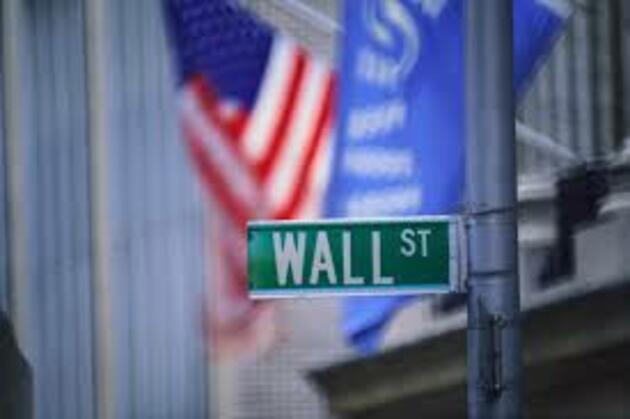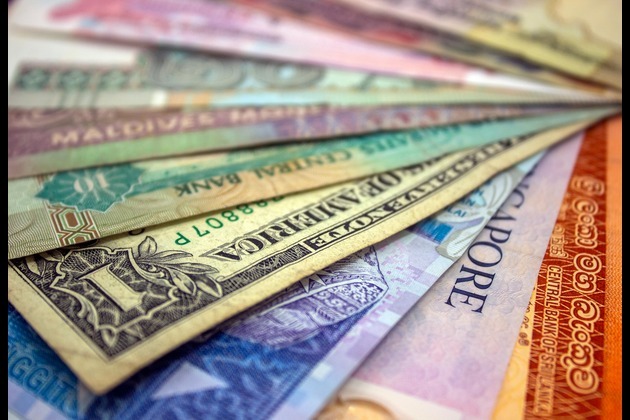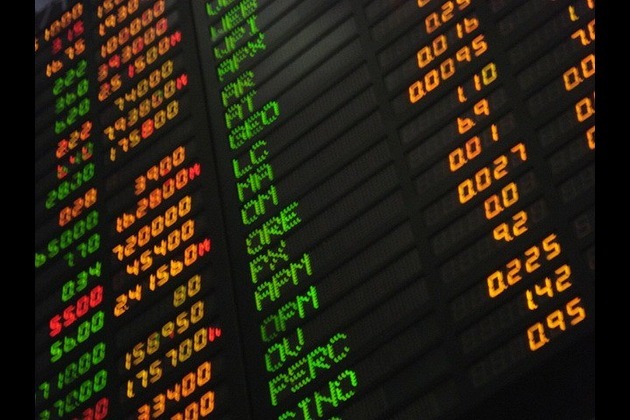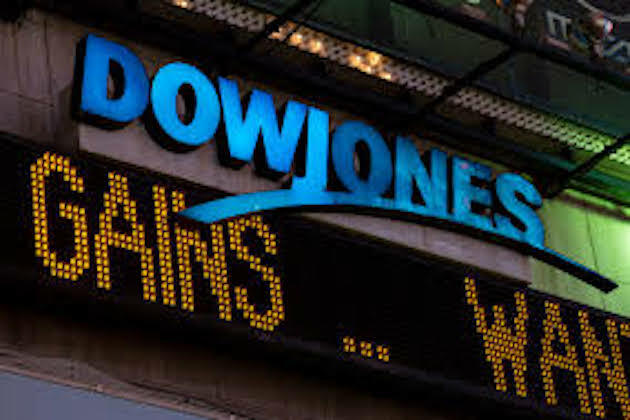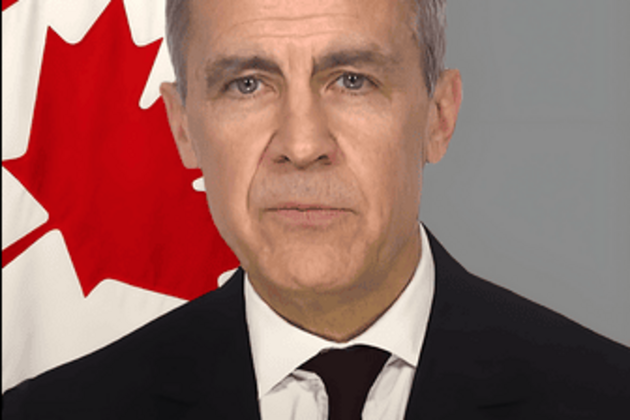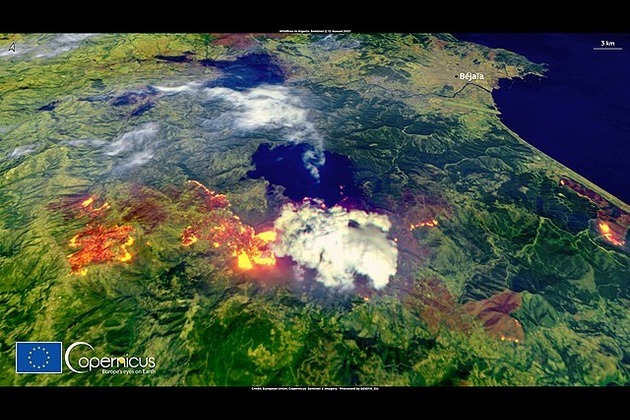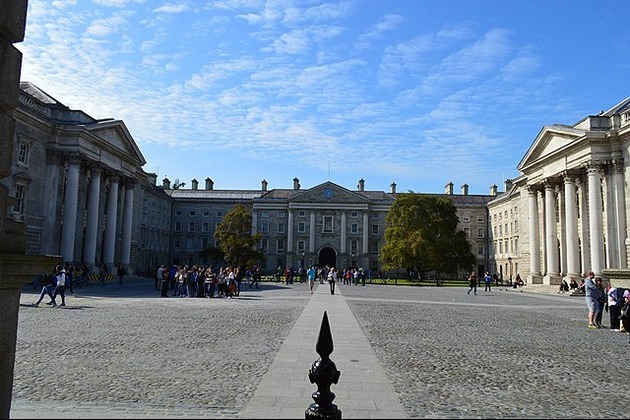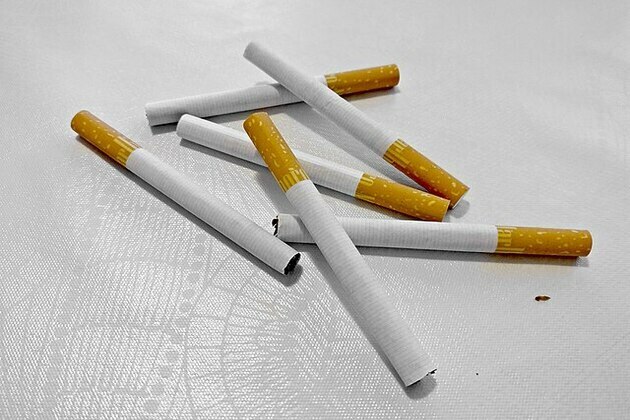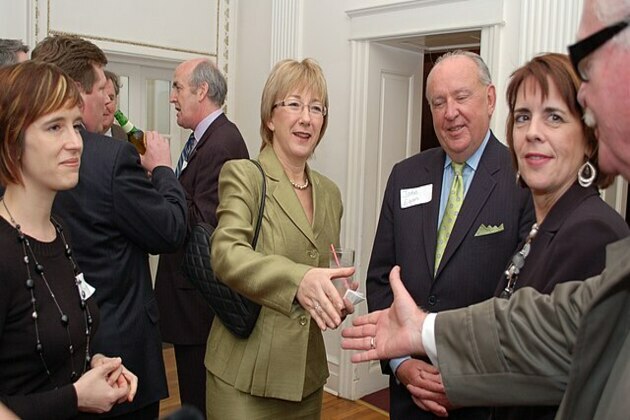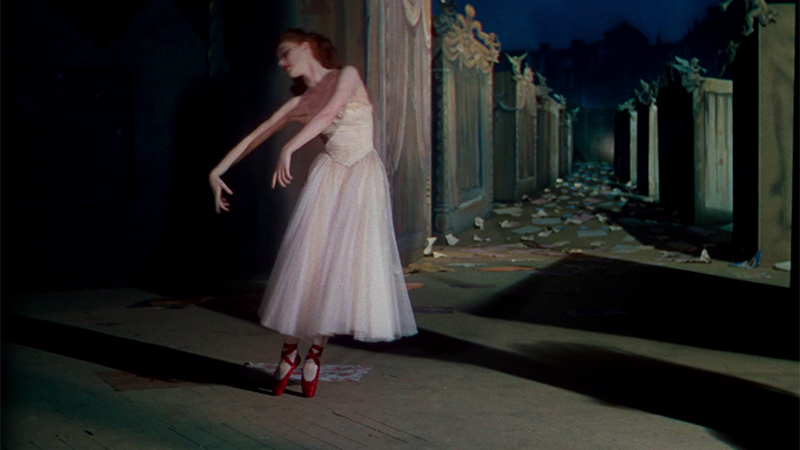Wall Street's Rally Zooms Higher After Surprise Gain in Jobs
Voice of America
06 Jun 2020, 04:05 GMT+10
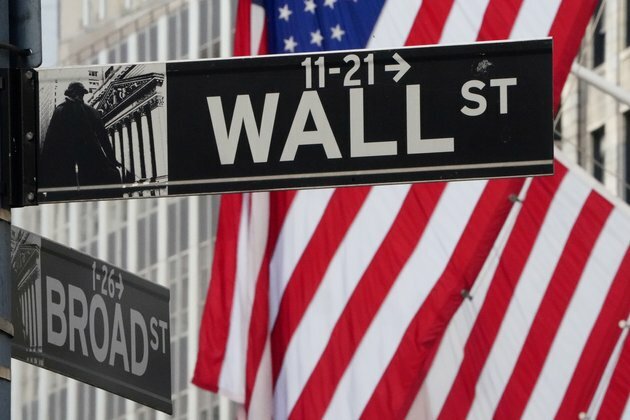
For weeks, critics said Wall Street's big rally made no sense when the economy seemed set for only more despair. On Friday, it got a bit of validation.
The S&P 500 jumped another 2.6% after a report said the U.S. job market surprisingly strengthened last month, bolstering hopes that the worst of the recession may have already passed. Employers added 2.5 million workers to their payrolls, when economists were expecting them instead to slash another 8 million jobs.
While economists cautioned that it's just one month of data and that many risks still loom on the long road to a full recovery, the report gives some credence to the optimism that's been building among stock investors that the economy can climb out of its current hole faster than forecast. That hope has been a big reason for the S&P 500's rally of more than 40% since late March.
The S&P 500 is now down just 5.7% from its record set in February after being down nearly 34% earlier this year when recession worries were peaking.
The S&P 500 rose 81.58 points to 3,193.93 for its eighth gain in the last 10 days. The Dow Jones industrial average gained 829.16, or 3.2%, to 27,110.98, and the Nasdaq composite rose 198.27, or 2.1%, to 9,814.08.
The yield on the 10-year Treasury rose to 0.88% from 0.82% late Thursday. This area of the market was much earlier than stocks to give warning about the coming economic devastation from the coronavirus outbreak. It had also been showing much more caution than stocks recently.
Now, the 10-year yield is close to its highest level since March, according to Tradeweb. It tends to move with investors' expectations for the economy's strength and inflation.
Rally's beginning
Stocks began their massive rally in late March after the Federal Reserve came to the rescue with promises of immense aid to keep markets running smoothly. Capitol Hill also agreed on unprecedented amounts of support for the economy. The actions helped convince investors that the worst-case scenario of a full-blown financial crisis was not likely.
More recently, hopes that economic growth can resume have driven the market, as states across the country and nations around the world relax lockdown restrictions meant to slow the spread of the virus. Even as horrific and historic data continued to come in on the job market and economy, stocks largely remained resilient in their climb.
If the optimism proves to be right, it wouldn't be the first time. During past recessions, stocks have historically hit their bottom and turned upward months before the economy has. That's because investors are setting stock prices now for where they see corporate profits heading months into the future.
After the financial crisis, stocks hit their bottom in March 2009, for example. That was three months before the recession ended, according to the National Bureau of Economic Research. It was also seven months before the unemployment rate set a peak.
Long way to go
Analysts and economists warn, though, that a full recovery is still a long way away. The unemployment rate is still above 13%, nearly quadruple where it was at the start of the year, and on par with where it was during the Great Depression.
Economists warn that after an initial burst of hiring as businesses reopen, the recovery could slow in the fall or early next year unless most Americans are confident they can shop, travel, dine out and fully return to their other spending habits without fear of contracting the virus.
The biggest threat to the market is a possible second wave of coronavirus infections, which could derail all the improvement and push governments to tighten up on lockdown orders. Increasing tensions between the United States and China are also raising worries about a resumption in the trade war between the world's two largest economies. Some investors are also worried about volatility that could be created by this fall's U.S. elections.
European and Asian stock markets also rose.
Benchmark U.S. crude oil for July delivery rose $2.14 to settle at $39.55 a barrel Friday. Brent crude oil for August delivery rose $2.31 to $42.30 a barrel.
 Share
Share
 Tweet
Tweet
 Share
Share
 Flip
Flip
 Email
Email
Watch latest videos
Subscribe and Follow
Get a daily dose of Dublin News news through our daily email, its complimentary and keeps you fully up to date with world and business news as well.
News RELEASES
Publish news of your business, community or sports group, personnel appointments, major event and more by submitting a news release to Dublin News.
More InformationBusiness
SectionWall Street diverges, but techs advance Wednesday
NEW YORK, New York - U.S. stocks diverged on Wednesday for the second day in a row. The Standard and Poor's 500 hit a new all-time...
Greenback slides amid tax bill fears, trade deal uncertainty
NEW YORK CITY, New York: The U.S. dollar continues to lose ground, weighed down by growing concerns over Washington's fiscal outlook...
Taliban seeks tourism revival despite safety, rights concerns
KABUL, Afghanistan: Afghanistan, long associated with war and instability, is quietly trying to rebrand itself as a destination for...
Nvidia execs sell $1 billion in stock as AI boom drives record prices
SANTA CLARA, California: Executives at Nvidia have quietly been cashing in on the AI frenzy. According to a report by the Financial...
Tech stocks slide, industrials surge on Wall Street
NEW YORK, New York - Global stock indices closed with divergent performances on Tuesday, as investors weighed corporate earnings, central...
Canada-US trade talks resume after Carney rescinds tech tax
TORONTO, Canada: Canadian Prime Minister Mark Carney announced late on June 29 that trade negotiations with the U.S. have recommenced...
Europe
SectionTurkey, France battle wildfires amid early Europe heatwave
ISTANBUL/PARIS/BRUSSELS: As searing temperatures blanket much of Europe, wildfires are erupting and evacuation orders are being issued...
Greenback slides amid tax bill fears, trade deal uncertainty
NEW YORK CITY, New York: The U.S. dollar continues to lose ground, weighed down by growing concerns over Washington's fiscal outlook...
Dublin court lifts anonymity for Trinity College in plagiarism case
DUBLIN, Ireland: The High Court has lifted an anonymity order, allowing Trinity College Dublin and the Pharmaceutical Society of Ireland...
New French law targets smoking near schools, public spaces
PARIS, France: France is taking stronger steps to reduce smoking. A new health rule announced on Saturday will soon ban smoking in...
Methionine Restriction Could Extend Lifespan, Boost Health
VILNIUS, Lithuania – A growing body of research suggests that selectively restricting a single nutrient in our diet could have profound...
Ireland’s ex-minister Hanafin confirms bid for country’s presidency
DUBLIN, Ireland: Former government minister Mary Hanafin has confirmed she will seek the Fianna Fáil nomination to contest Ireland's...

